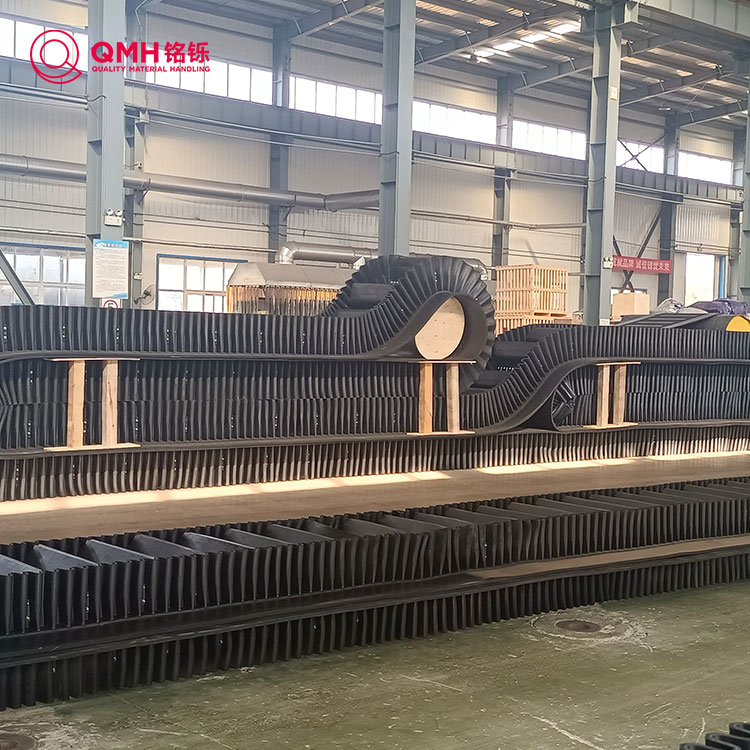Regular maintenance is crucial to prevent unexpected downtime and costly repairs. Follow these steps to keep your conveyor belts in top condition:
Regular Inspections
Check for signs of wear, cracks, or fraying edges.
Ensure proper belt alignment to avoid uneven wear.
Look for material buildup that could cause slippage.
Proper Cleaning
Remove debris and residue to prevent belt damage.
Use approved cleaning agents that won’t degrade the belt material.
Lubrication
Apply appropriate lubricants to reduce friction.
Avoid over-lubrication, which can attract dust and dirt.
Tension Adjustment
Maintain optimal tension to prevent slippage or excessive strain.
Follow manufacturer recommendations for tension settings.
Monitor Load Capacity
Avoid overloading to prevent premature wear.
Ensure even distribution of materials on the belt.
Choosing the right conveyor belt depends on your application requirements. Below are the key parameters to consider:
| Material | Best For | Temperature Range | Durability |
|---|---|---|---|
| Rubber | General-purpose use | -20°C to 80°C | High |
| PVC | Food processing | -10°C to 70°C | Moderate |
| Polyurethane | High-precision conveying | -30°C to 90°C | Very High |
| Metal | Heavy-duty applications | Up to 500°C | Extreme |

Width Options: 300mm – 2000mm
Thickness Range: 2mm – 15mm
Tensile Strength: 10MPa – 50MPa
Surface Texture: Smooth, patterned, or cleated for grip
Even with proper care, conveyor belts may encounter issues. Here’s how to address them:
Belt Misalignment: Adjust rollers and tracking systems.
Excessive Noise: Check for worn bearings or loose components.
Material Spillage: Ensure proper loading and belt edges are intact.
Proper maintenance of conveyor belts ensures longevity and peak performance. By following these guidelines and selecting the right belt specifications, you can minimize downtime and maximize efficiency. Whether you need a heavy-duty metal belt or a food-grade PVC option, understanding these parameters will help you make an informed decision.
Investing in high-quality conveyor belts and adhering to a strict maintenance routine will save time and costs in the long run. Keep your operations running smoothly with these expert tips!
If you are very interested in our Qingdao Quality Material Handling's products or have any questions, please feel free to contact us!